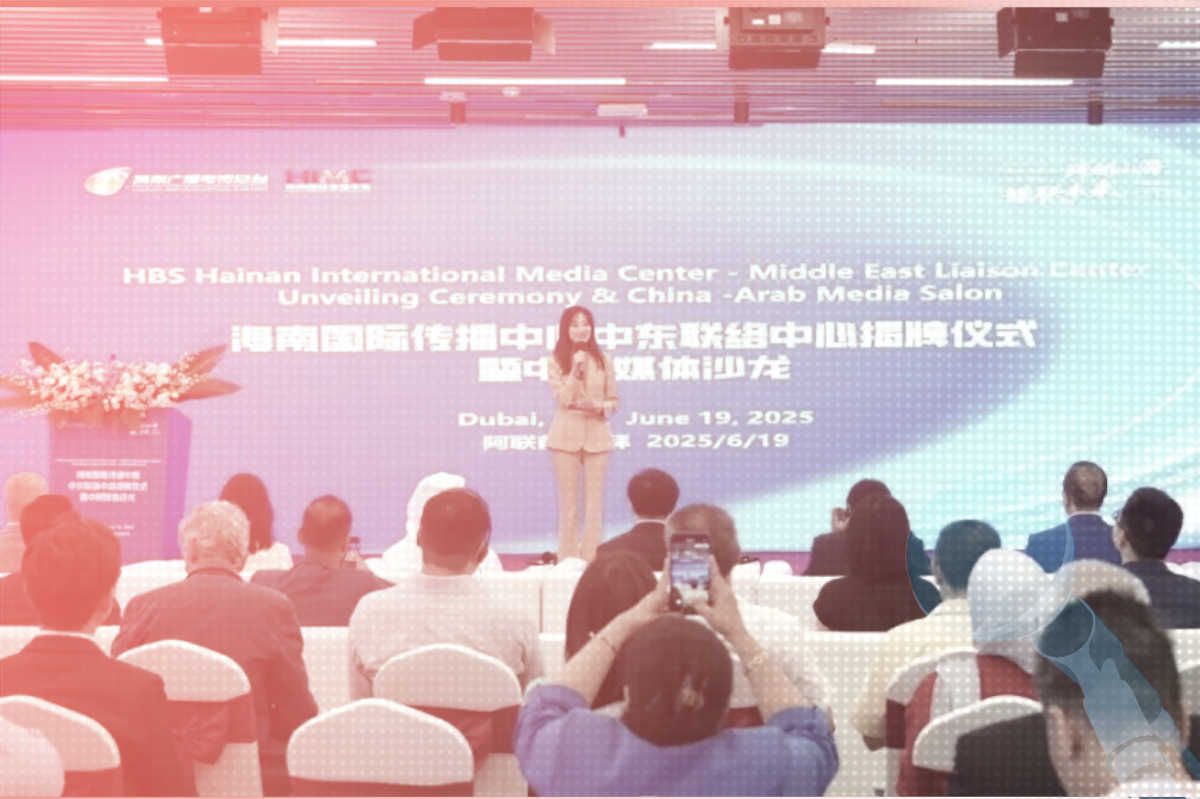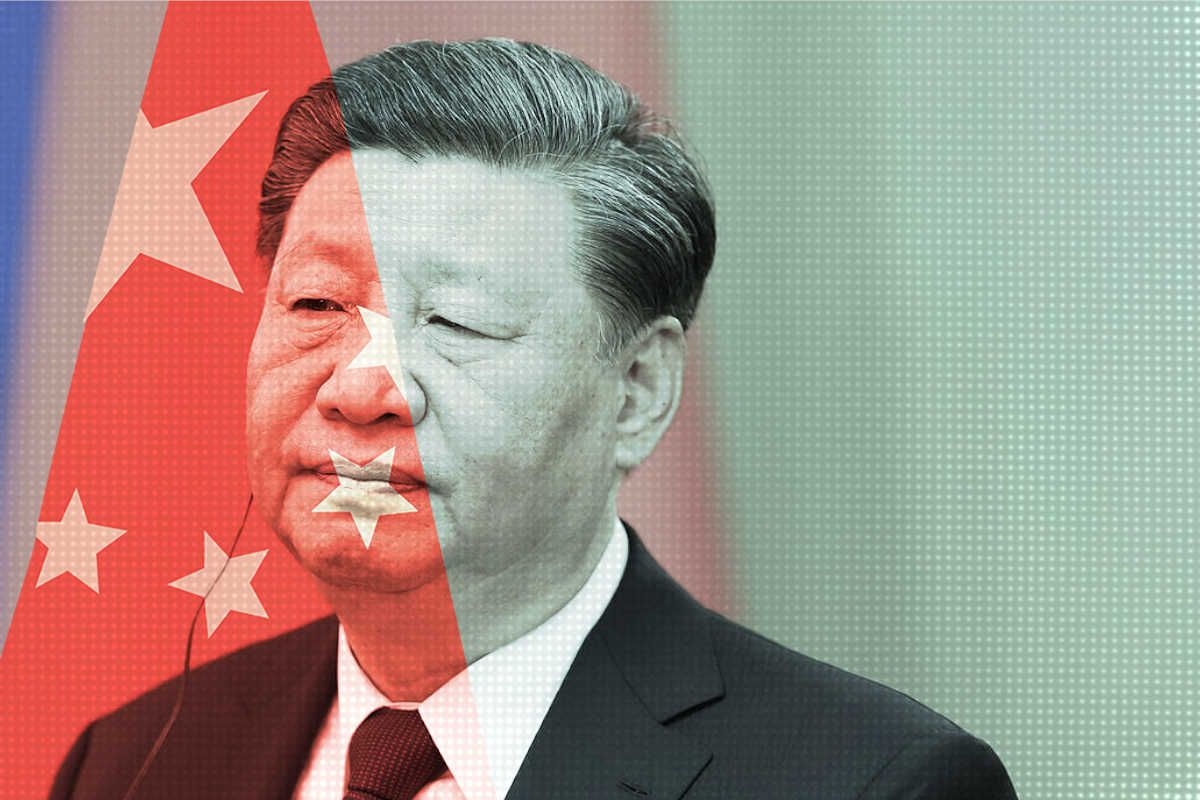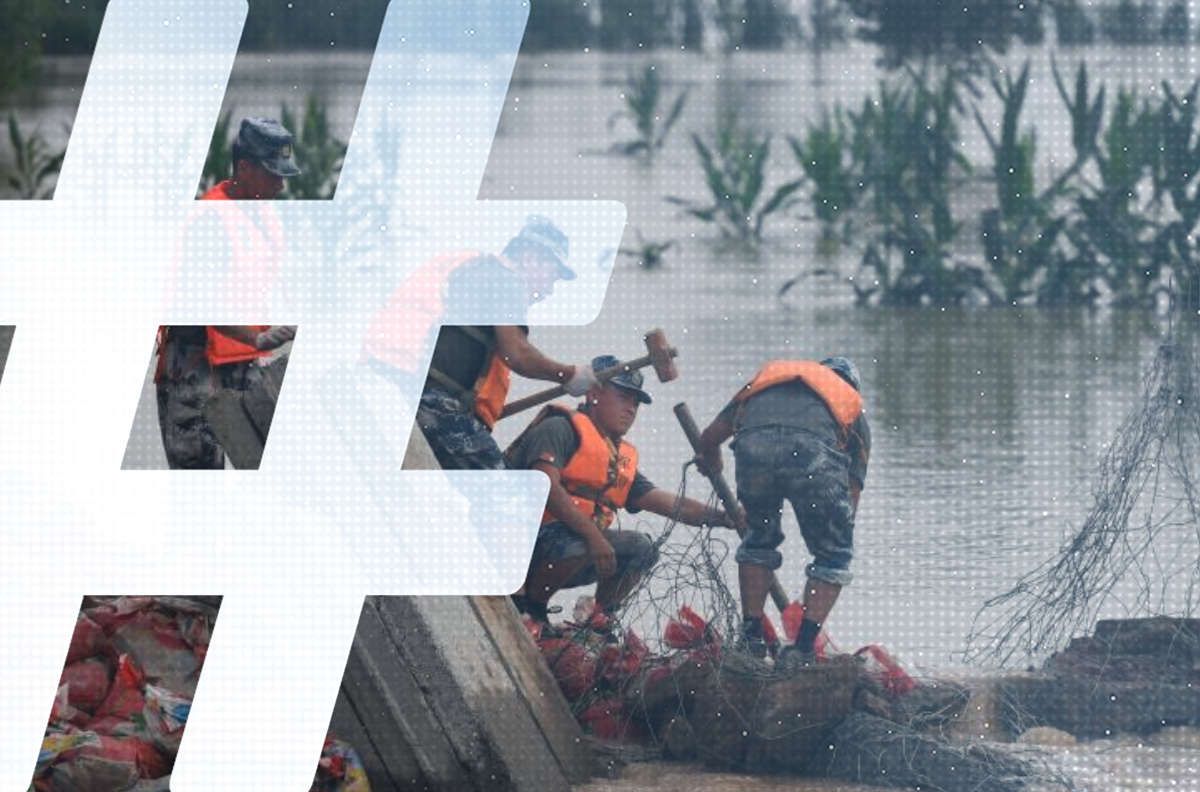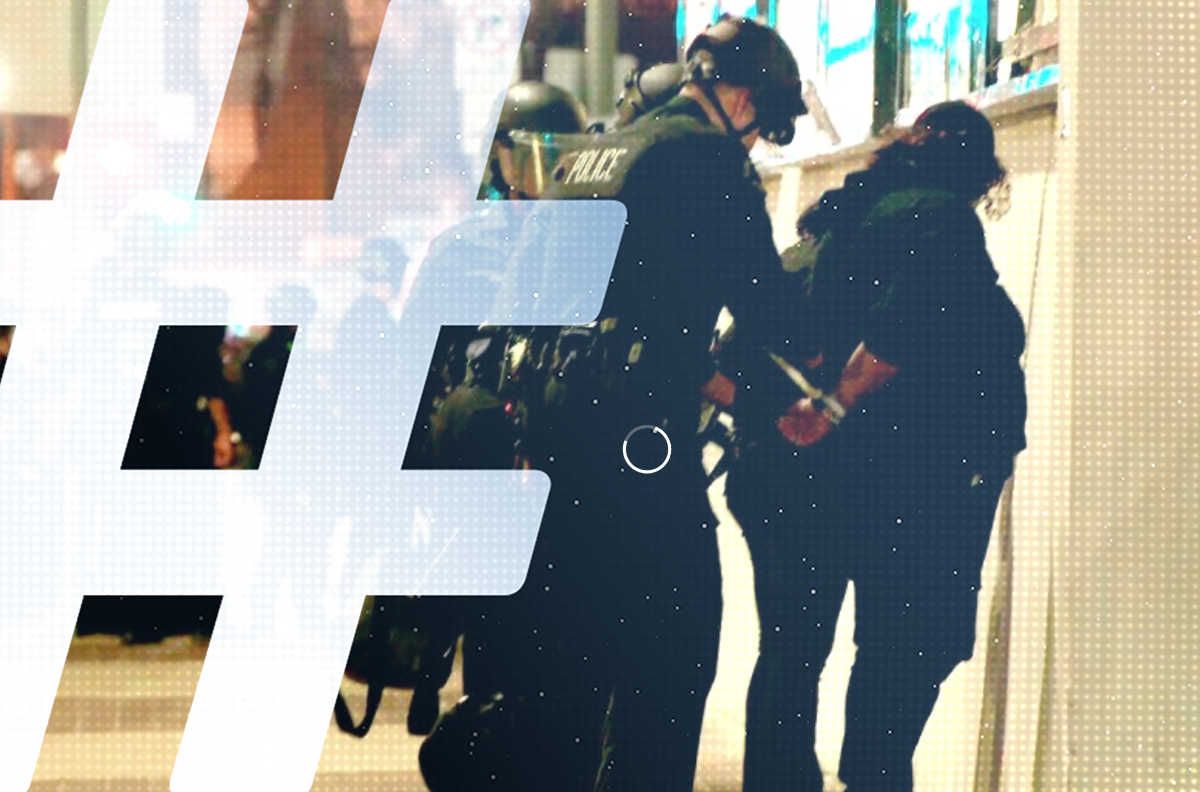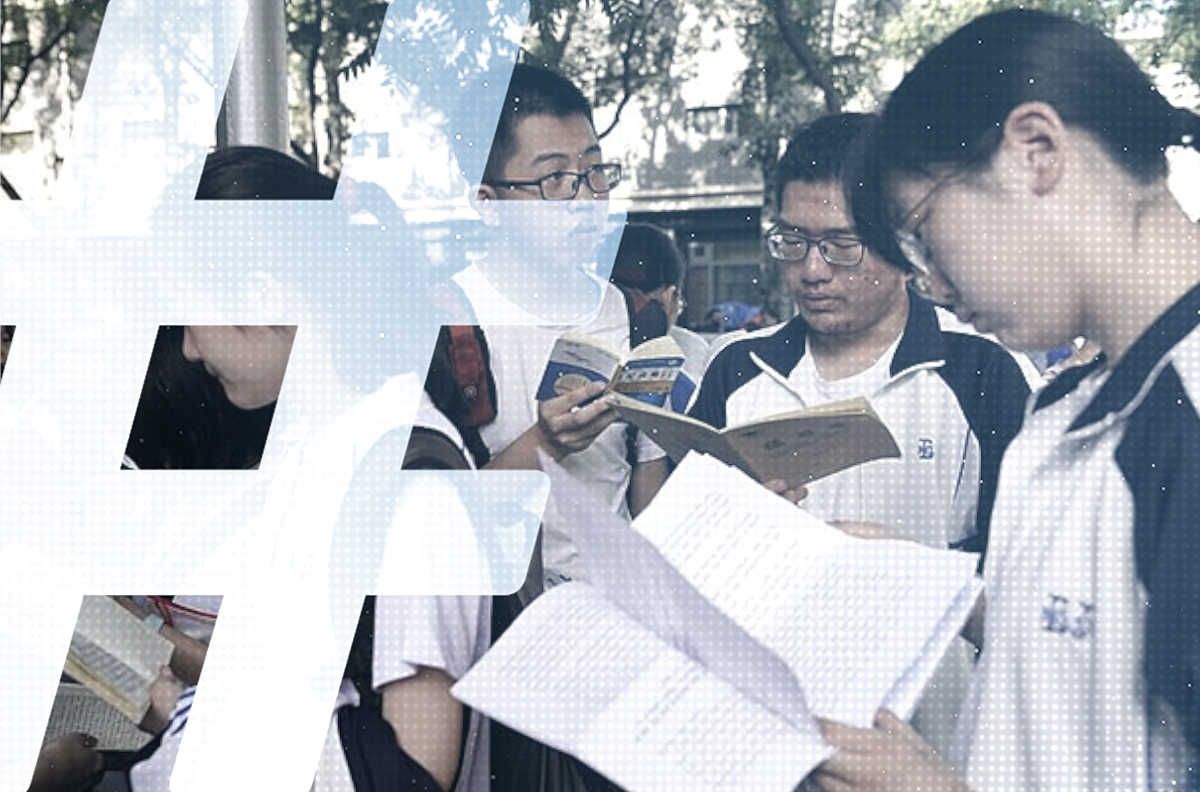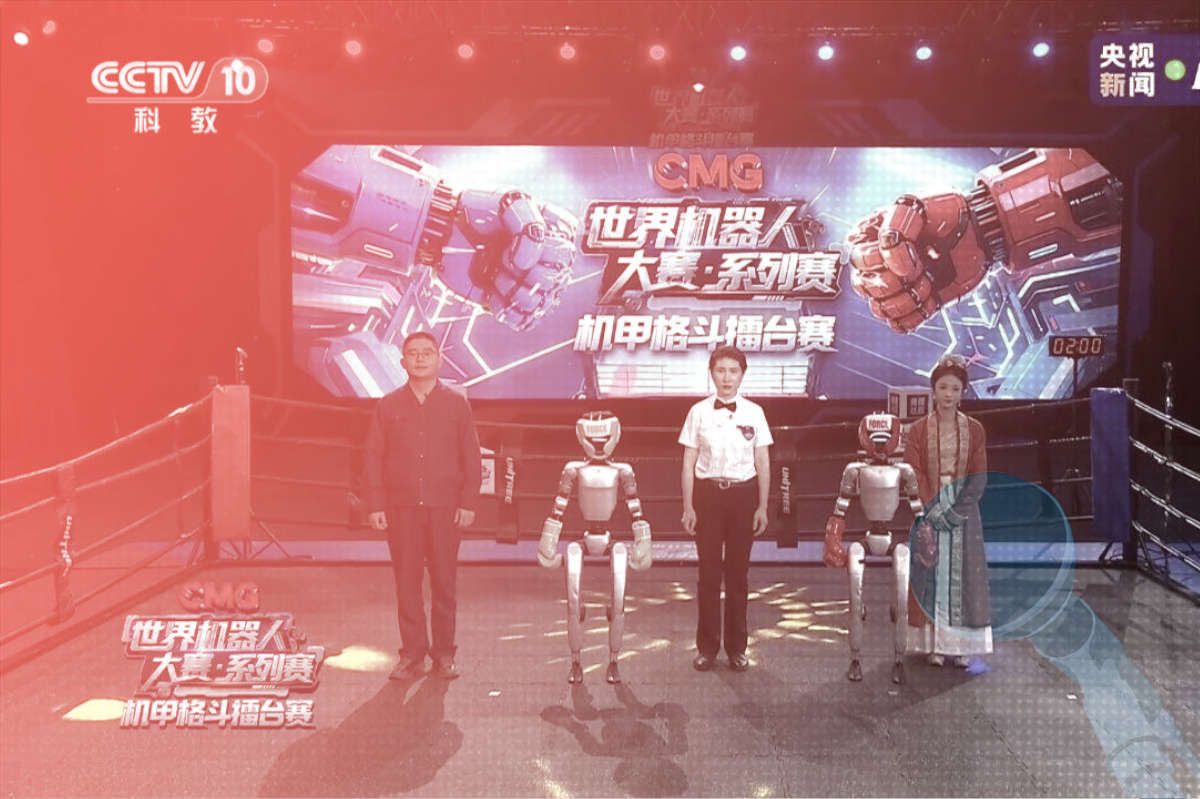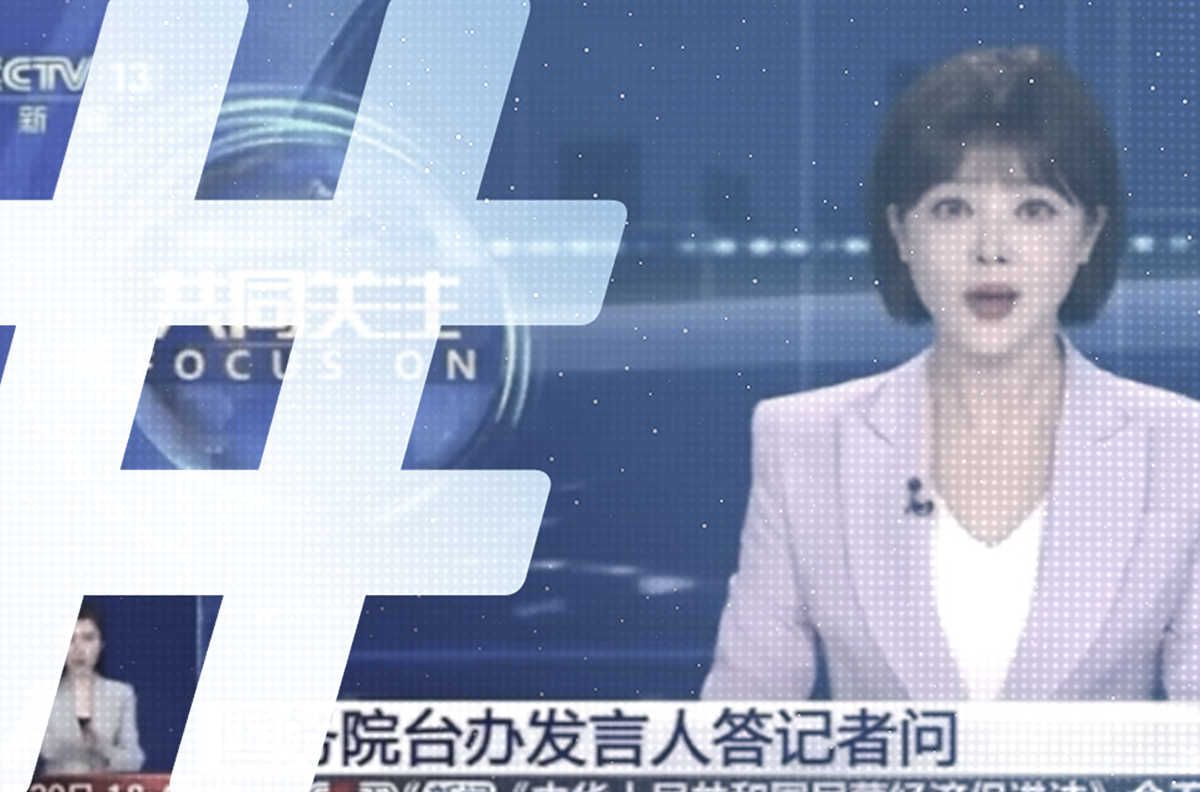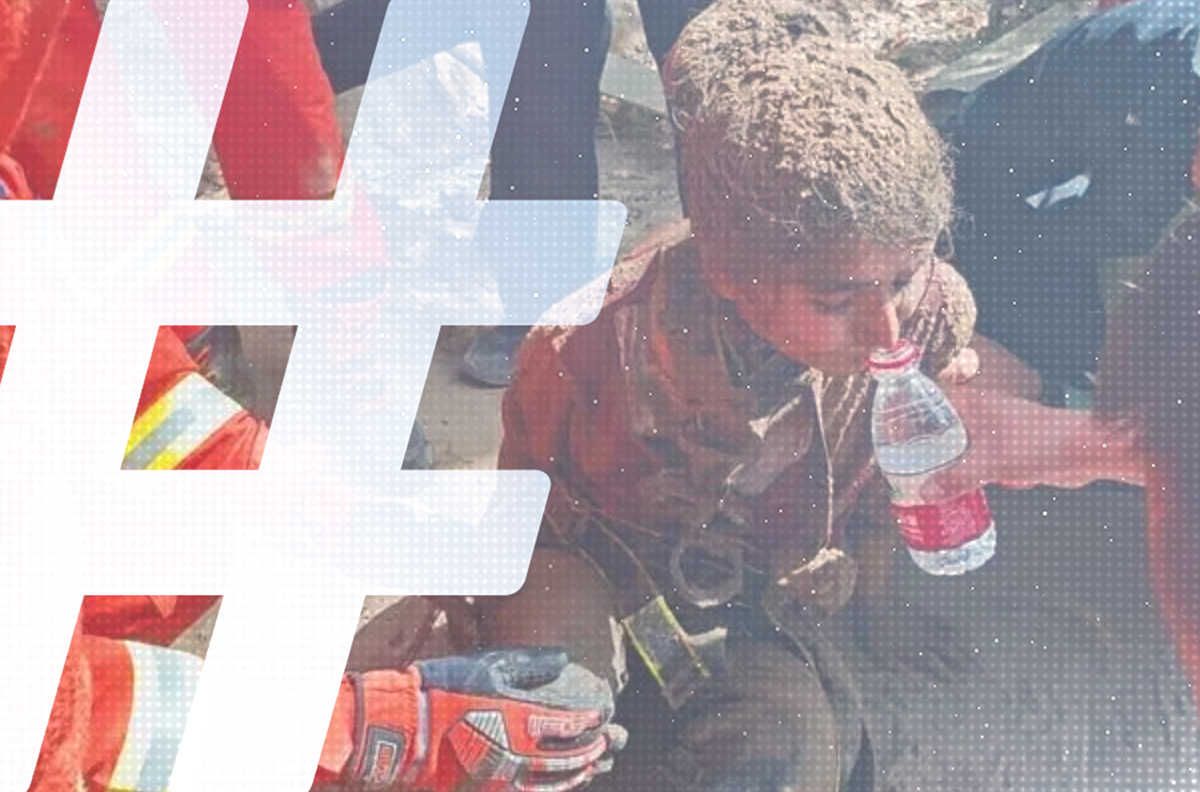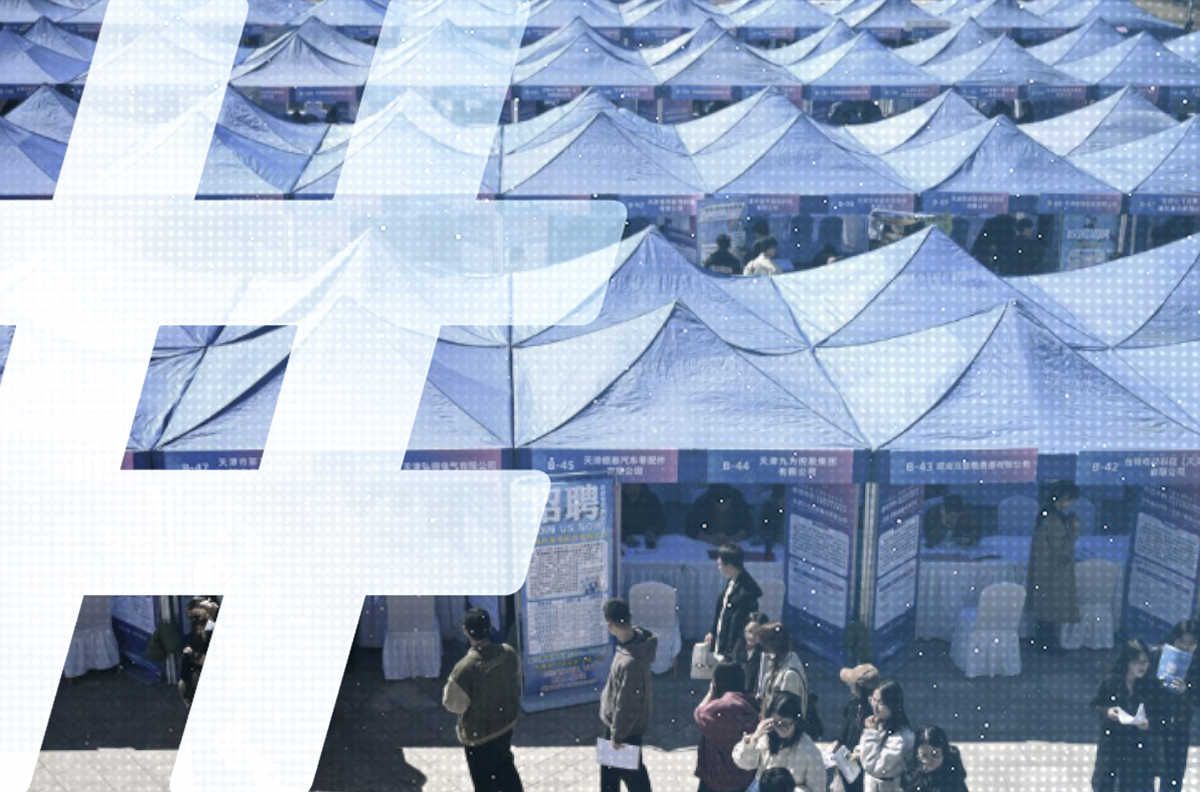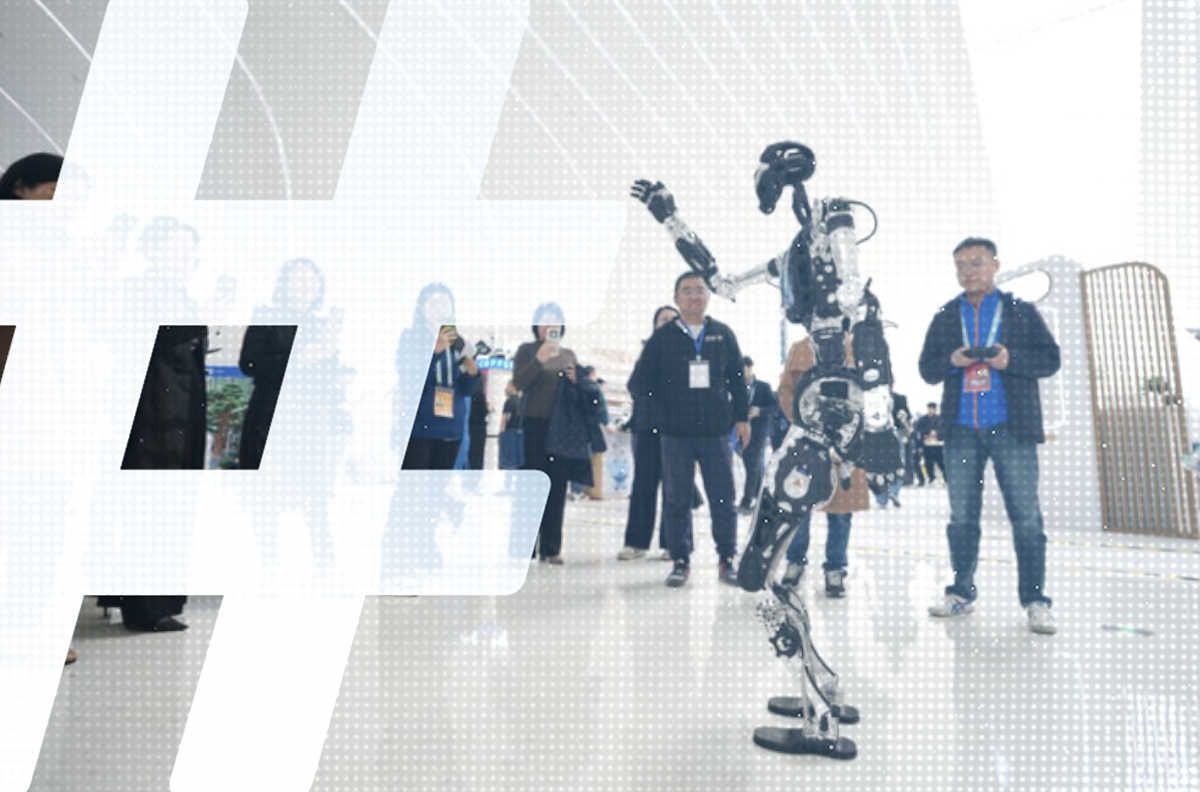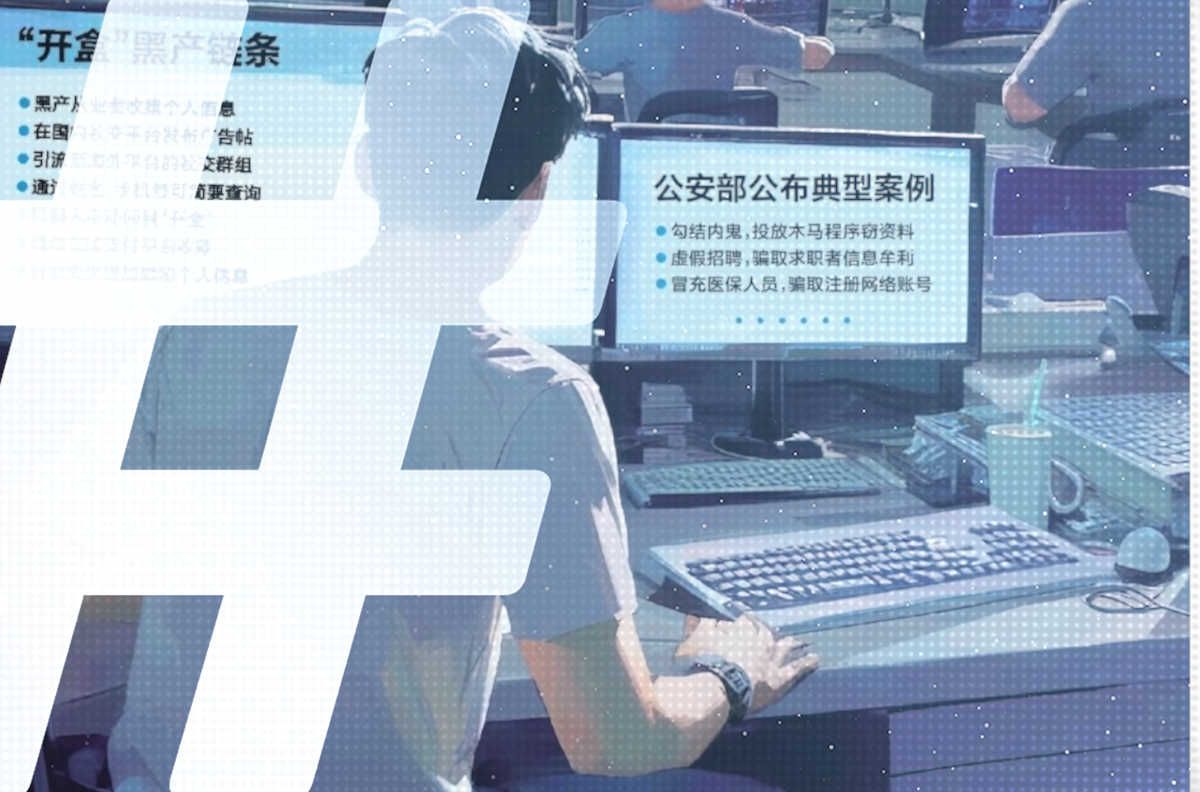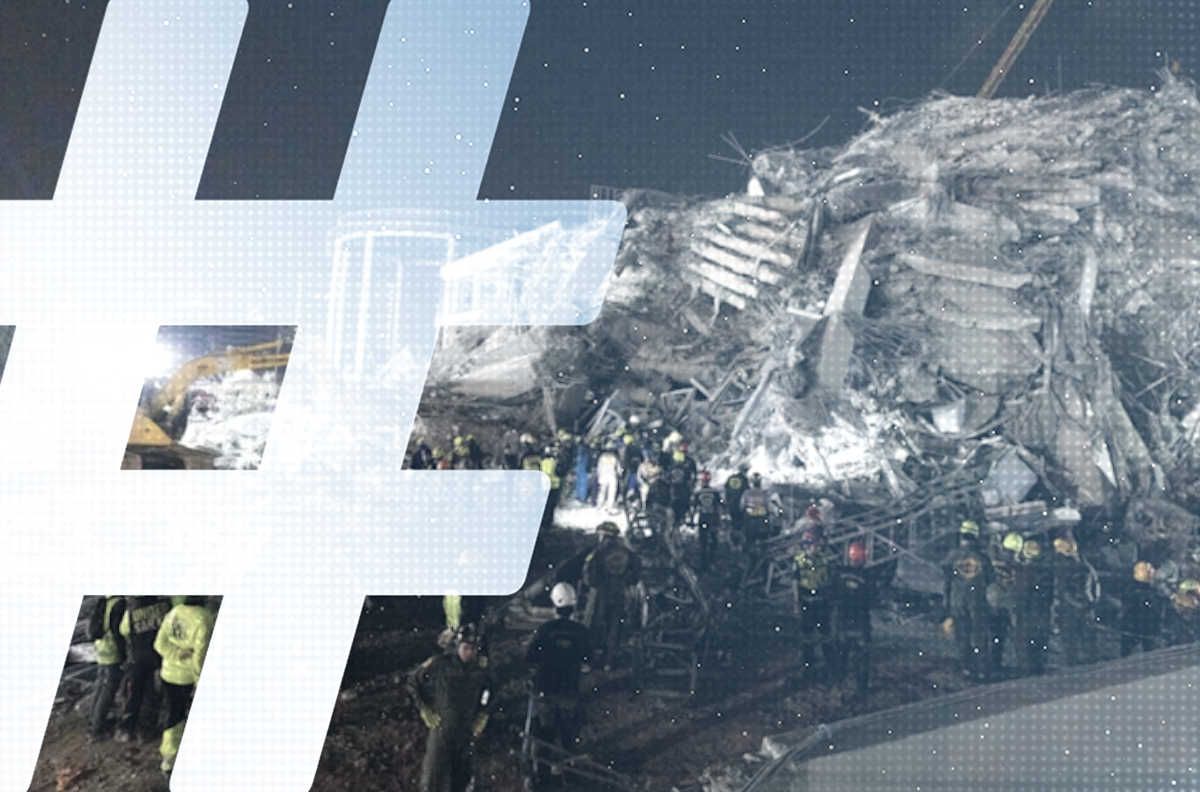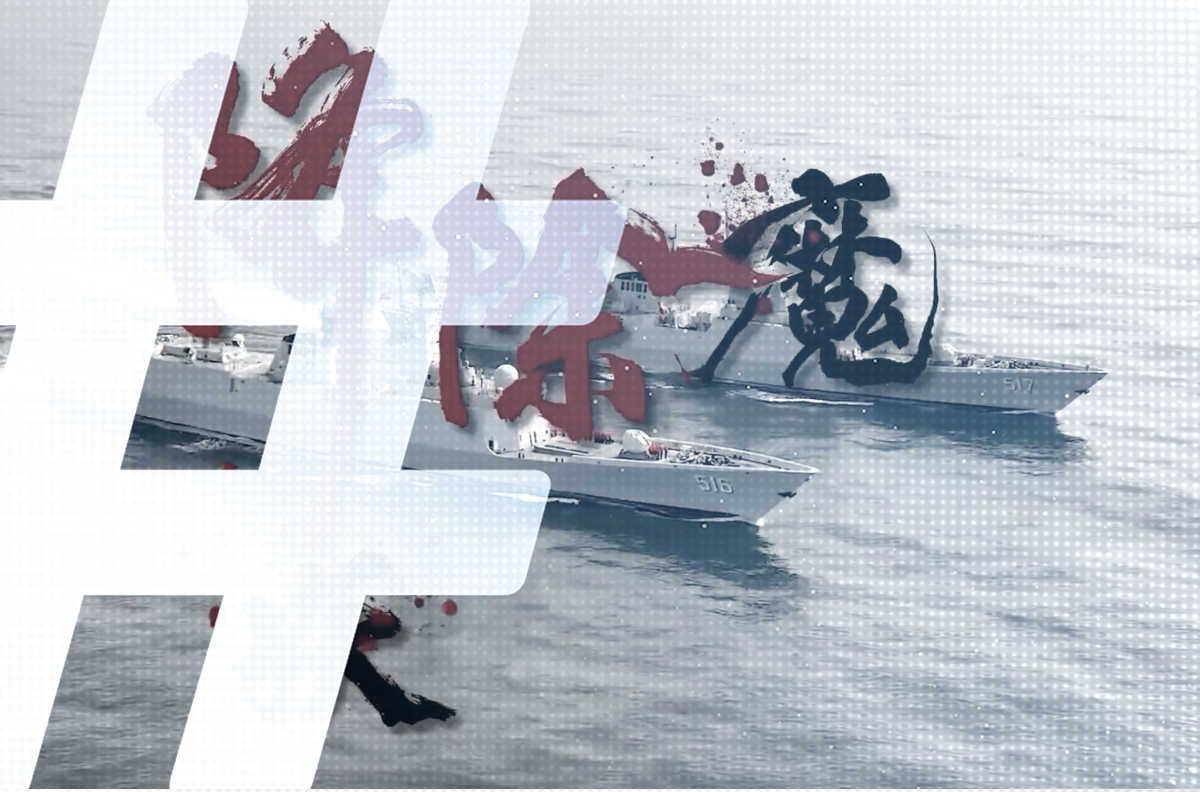Headlines and Hashtags
June 2 — June 9, 2008
June 2 — China’s propaganda heavyweight, politburo member Li Changchun, visits the disaster area in Sichuan and meets with Chinese journalists. While Li’s words do not necessarily reflect a crackdown on media coverage of the Sichuan quake, they do mark a slight change in tone from his previous comments. He does not use the term “guidance,” or daoxiang (导向), but does use milder control terms like “emphasizing positive propaganda” (正面宣传为主) and “upholding unity, stability and encouragement” (坚持团结稳定鼓劲). [More coverage from CMP].
June 2 – Li Datong, former chief editor of Freezing Point, wrote in Hong Kong’s Ming Pao that “in any disaster, no matter if its causes are human or natural, the media must ask questions about causes and responsibility . . . Only in this way can we learn and benefit from disasters, plugging up loopholes, punishing neglect of duty and making our society safer.” Li criticized party and propaganda leaders for focusing too much earthquake coverage on emotion and heroism, and the benevolence of the government.
June 3 — CMP receives news from a reliable media source that Guangdong’s top leader, Wang Yang (汪洋), ordered the recall of Guangdong journalists from Sichuan after a meeting just before the weekend (of May 31) in which he expressed his dissatisfaction with critical coverage of the quake by Southern Metropolis Daily, Southern Metropolis Weekly and even the official Guangzhou Daily. [More coverage from CMP].
June 4 — It’s official. A comprehensive search of more than 200 mainland Chinese newspapers (June 1 through June 7) shows no coverage whatsoever of the anniversary of the crackdown on demonstrators in Beijing on June 4, 1989. A surprise to no one, of course. But we thought we would check anyway.

